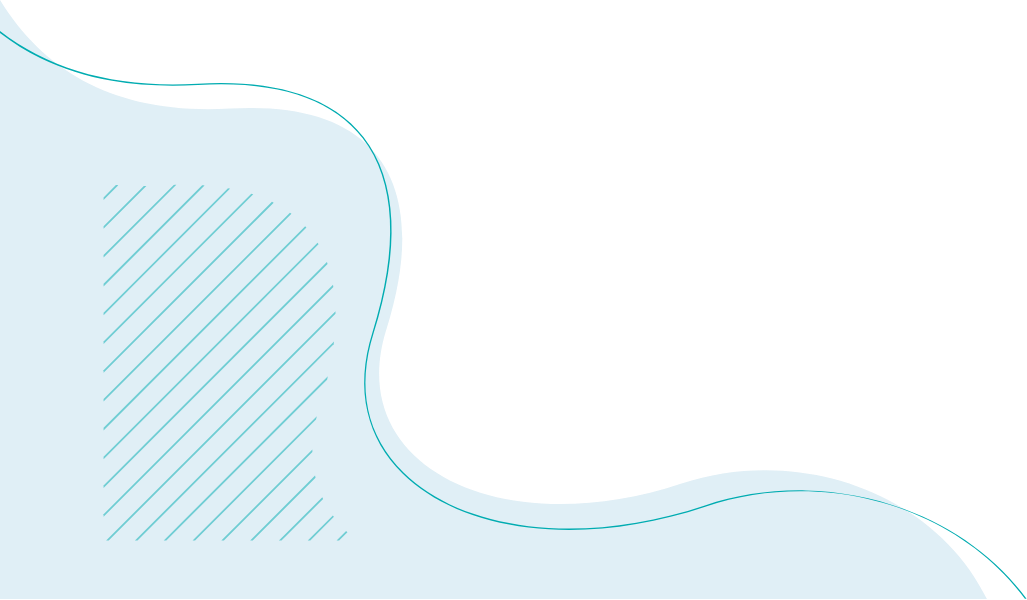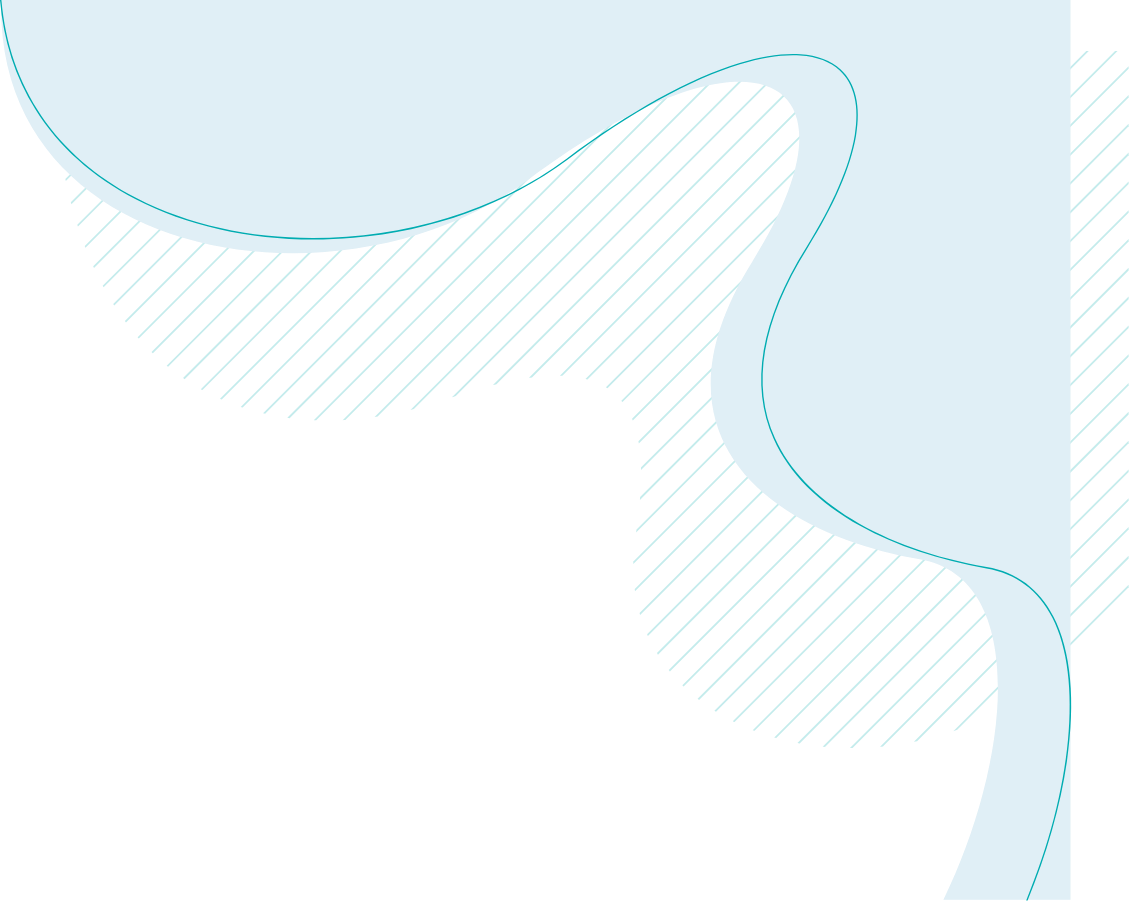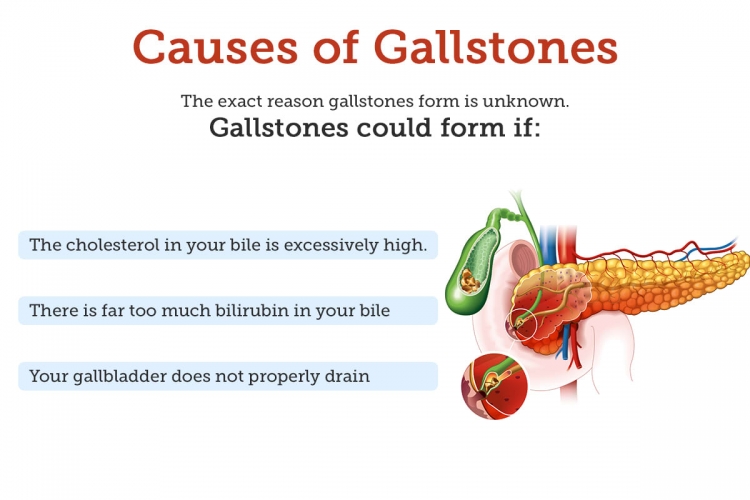


Gallbladder stones are solid stones that are made out of different parts of the bile that is produced by the liver, such as bile salts and cholesterol. A positive family history of gallbladder stones can increase the tendency for having this condition. Gallstones can range in size and number. They are usually diagnosed on ultrasound scan or other imaging tests of the abdomen.
The majority of people with gallstones never experience any symptoms directly related to them. Many patients are diagnosed with gallstones on a scan but these gallstones may be innocent and not causing any current problems. This is called an “incidental” finding on the test. If the gallstones are not currently deemed to be causing any health problems, the recommended management is observation. In such cases, the small risks of surgery outweigh any risks from the presence of the gallstones themselves.
If gallstones have started causing problems such as pain or infection, then it is highly likely that in the future this will continue to recur. In addition, more severe complications can occur, such as jaundice and pancreatitis, which can be life-threatening at times. For these reasons, in such instances it is recommended that the gallbladder be surgically removed. The procedure for this is called a laparoscopic cholecystectomy, which is performed by keyhole surgery. In these cases, it is considered that the risks of complications from the gallstones far exceed the very small risks of surgery. In this procedure, the whole gallbladder is completely removed, with the gallstones inside. This is because it is not usually safe to suture the gallbladder wall due to the high risks of bile leak, and also due to the high chance of recurrence of the stones within a short period of time.
Unfortunately, there is no other proven or accepted treatment for gallbladder stones. Unlike kidney stones, it is not safe to break up gallbladder stones by the lithotripsy procedure, because such high energy cannot be used near the gallbladder as there are too many very important structures such as large blood vessels nearby, that may be damaged. In addition, any small fragments of gallstones would make them more likely to travel into the common bile duct and cause complications due to blockage, such as jaundice and pancreatitis. Such complications can be very severe, and life-threatening. In addition, although there are medications which can prevent the formation of gallstones and also occasionally decrease their size, yet after many years and studies, there is still no definitive evidence that this is of any long-term benefit. Currently, these medications are being trialled for potential prevention in post-bariatric surgery patients, whose rapid weight loss is known to result in the formation of gallstones. Once the gallstones are formed, making them smaller can increase the risks of complications as outlined above, as smaller stones are more likely to travel and cause blockage.
Gallstone formation occurs secondary to obesity, sedentary lifestyle, fatty food consumption and constipation. People form some parts of India such as cow belt (UP, Bihar and West Bengal )area have an especially high incidence of stones. Multiple pregnancies can predispose to gallstones as well.
Gallstones cause sudden onset severe pain in the upper abdomen or right half of abdomen which starts after food intake or in the night /early morning hours. Pain radiates to right shoulder or back, it is moderate to severe and stops within ½ hr to 6 hrs. If pain lasts more than 24 hrs complications of gallstones such as gallbladder infection (acute cholecystitis) pancreatitis/ bile duct-liver infection (cholangitis) / gangrene or perforation are to be suspected.
Unlike in kidney stones the treatment of gallstones is not decided by the size and no. of stones. Only the presence of stones and associated symptoms decide treatment. If a patient has symptoms even a single stone needs removal irrespective of size. Likewise, if patient has no symptoms and gallstones are detected during general health checkup patient can simply followed up even if he has multiple stones.